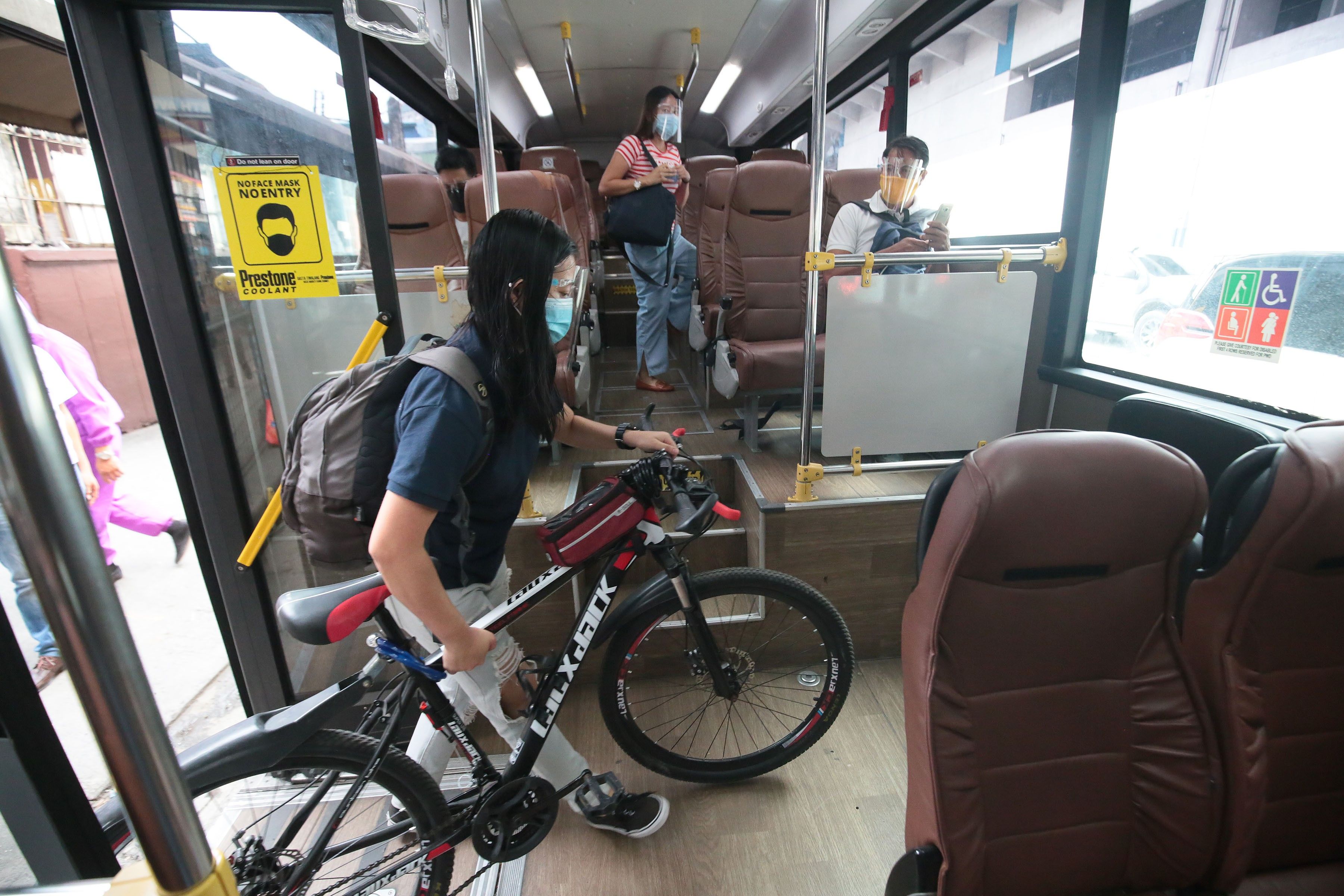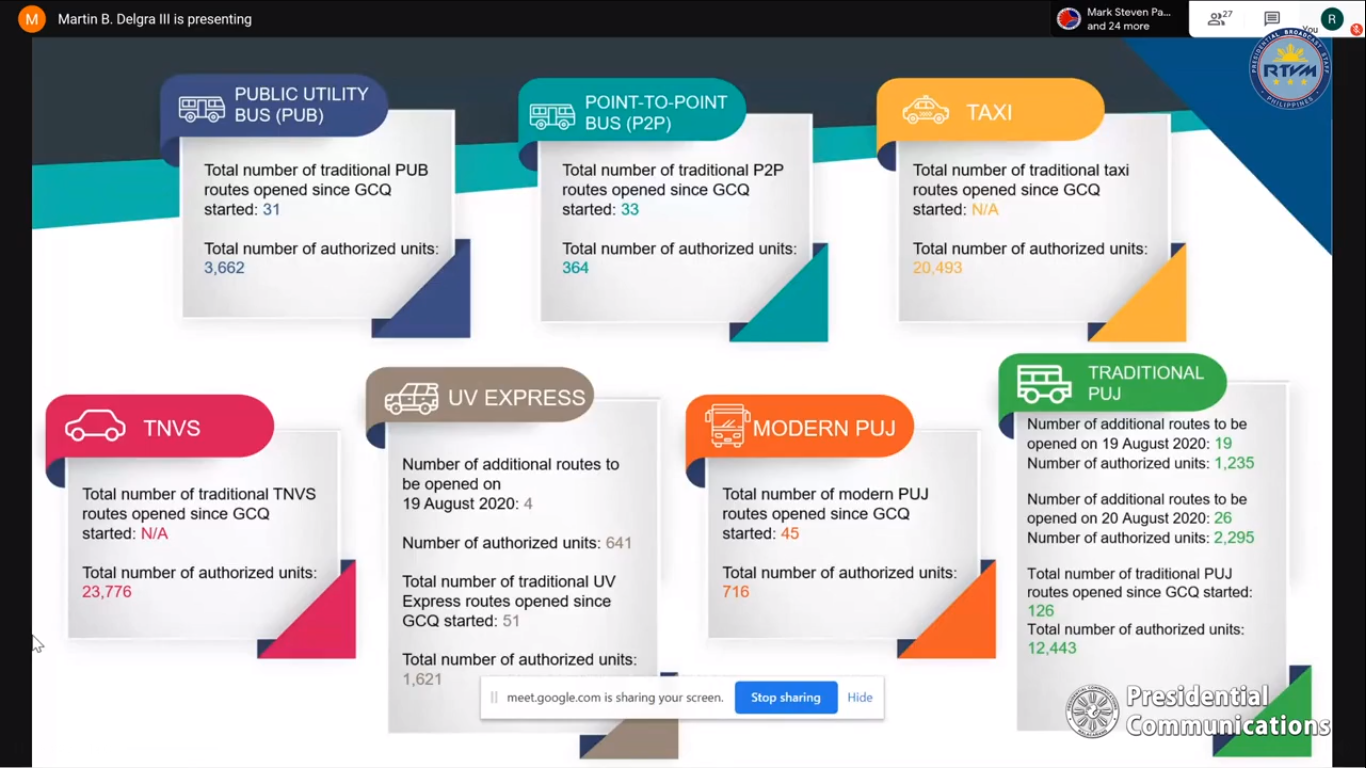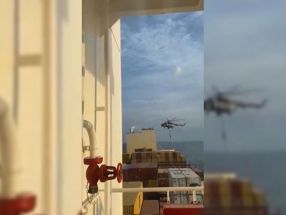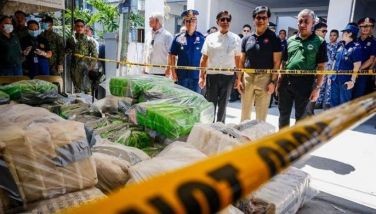More jeepneys and buses on the road 'but far from sufficient' — transport workers, advocates

MANILA, Philippines — Despite an increase in public utility vehicles deployed for the second general community quarantine, transport groups and advocates believe the numbers are not enough to service the existing demand as they called for systemic changes that can also benefit transport workers.
Speaking at a press conference on Wednesday, LTFRB chair Martin Delgra said the numbers of both modern PUVs and traditional jeepneys allowed to deploy have increased drastically since the last general community quarantine.
"Insofar as the number of units are concerned, that's an increase of 91%. From close to 8,000 units that were allowed, we have also increased it to 12,443, which is a 57-percent increase in the number of jeepneys," he said.
According to Delgra, the board was looking at opening more routes and deploying more units "in the coming days if not weeks," a promise he had already made at a hearing organized by the House Committee on Metro Manila development in early August.
At another media briefing with reporters the day before, Delgra said that transportation authorities were hopeful that the added routes and units will be enough to service the demand for public transportation and that commuters would be better served than the last time that Metro Manila went into GCQ.
READ: Transpo officials hopeful that earlier GCQ mistakes have been addressed
"I would like to think that this time we are better equipped to address that. I would like to think that what will happen tomorrow will be quite an improvement from when we opened up public transport on June 1," Delgra said then.
Light to moderate traffic along Elliptical Road, Quezon City on the first day of GCQ @PhilstarNews pic.twitter.com/16nl8HEVHR
— Rosette Adel (@rosette_adel) August 19, 2020
In a text message to Philstar.com, Mody Floranda, president of transport group Piston, said that despite the higher numbers, the group wants all jeepney drivers who have been idled for five months following the suspension of public transportation to get back on the road.
"What we're asking for is for 100% of [traditional jeepneys] to be able to ride again and serve the public and help lift the economy of our country. We want drivers and operators to have a livelihood again and for the public to have rides going to work again, and we want the drivers to be given their aid," he said.
Though the LTFRB claims 12,443 traditional jeepneys can now ply their routes, Piston's estimate is that 74,000 public utility jeepney drivers were left jobless at the beginning of the enhanced community quarantine.
READ: Subsidy doubled to retire old jeepneys, but assistance still insufficient
This comes as the transportation department continues to push for its modernization program which seeks to phase out the "Kings of the Road". Sought for comment on this, the DOTr often brings up its doubled subsidy for participants of the program, an amount experts say still falls short of how much they say the sector will need to afford the new units.

'Far from sufficient'
In an earlier Philstar.com story though, transport economist and advocate Robert Siy, a member of the Move as One transport coalition corroborated Floranda's claims in a text message, saying: “Every bit helps, but the numbers are still far from sufficient."
"With the return to GCQ, more people will need public transport; if supply is inadequate, there will be pressure to crowd inside vehicles and at stops and terminals," Siy said.
"The numbers announced by LTFRB are the vehicles authorized to operate, but the figures do not reflect the services that are available; the reality is that many transport operators decide not to operate, even after being authorized, because they are not able to earn enough due to the physical distancing and reduced capacity inside vehicles," he added.

The transportation department has not provided figures on its estimated ridership capacity as of this post, and it presented aggregate sums of its deployed units for the most part.
"This is the basic reason why service contracting is essential—it will ensure that operators deliver needed services while remaining financially viable. More public transport capacity will help to reduce the risk of virus transmission when people move around our cities," Siy added.
- Latest
- Trending






























